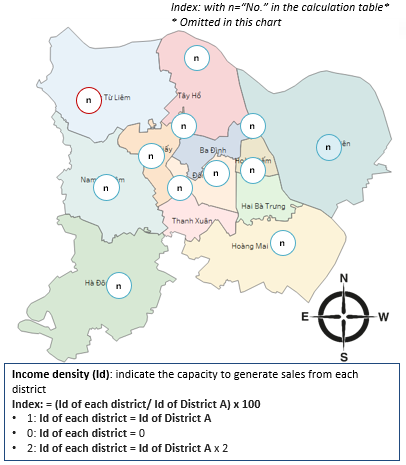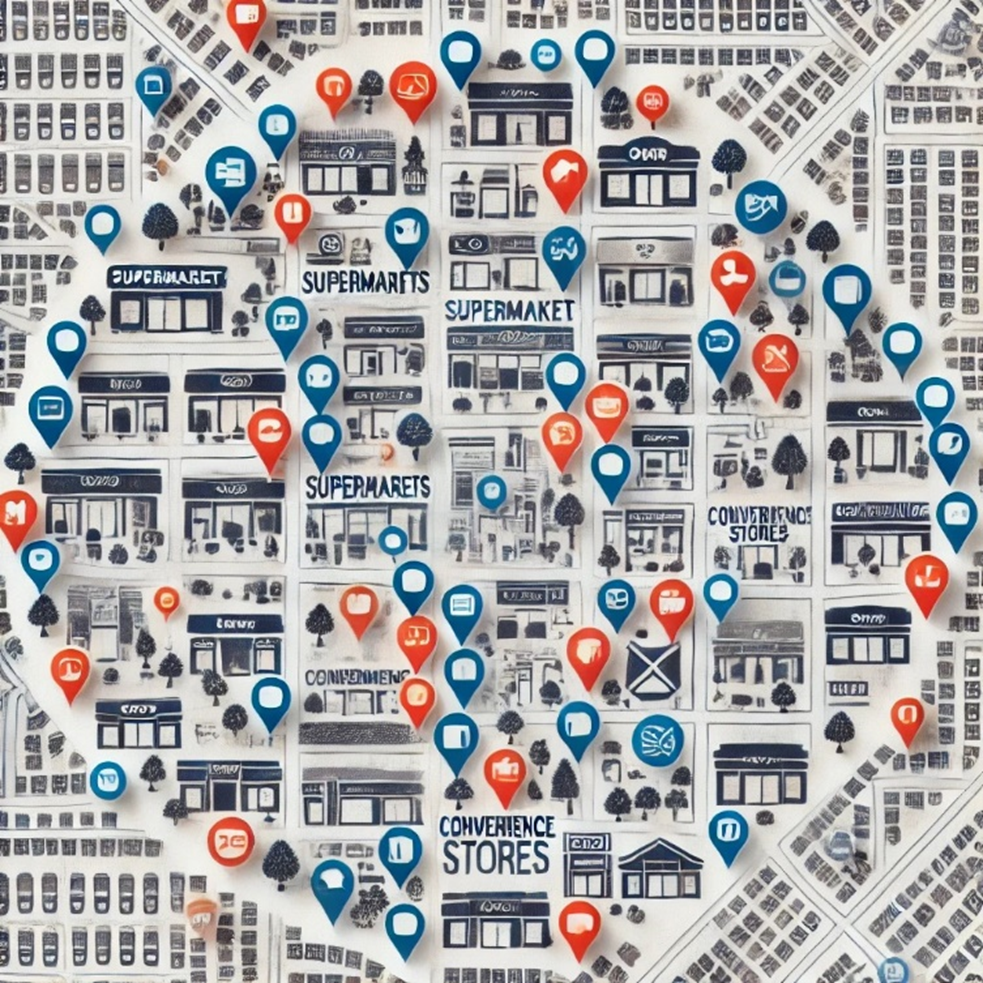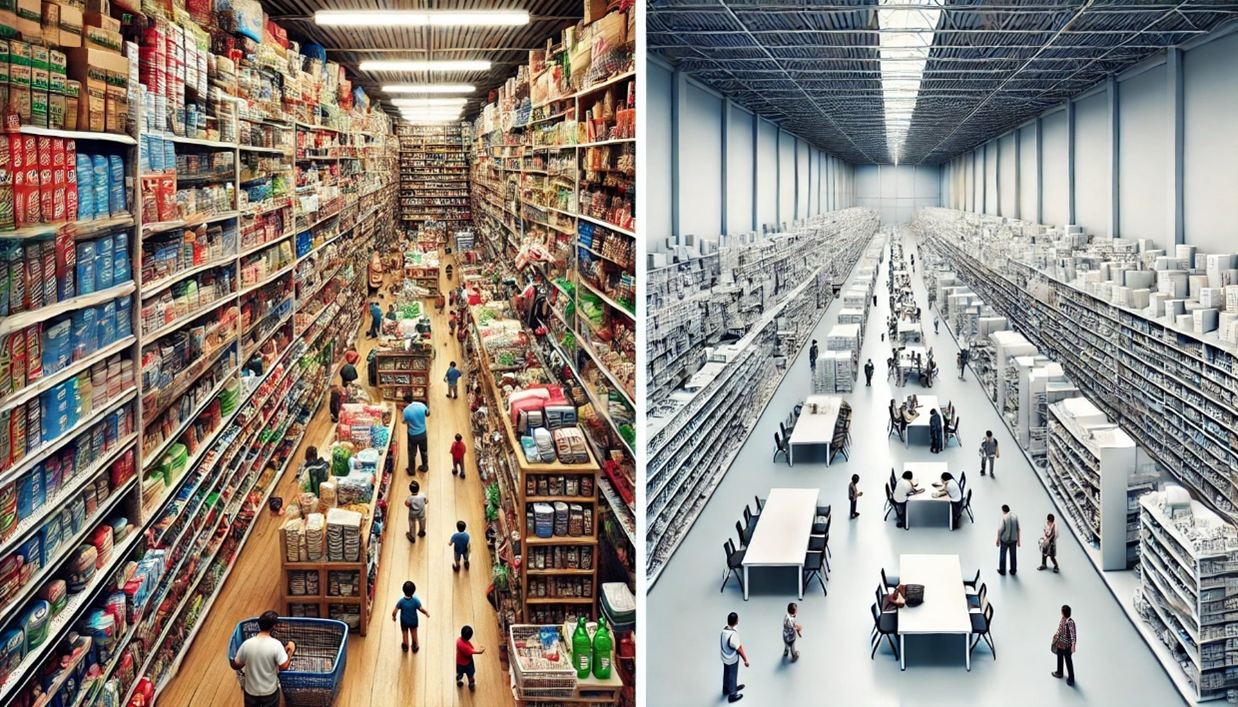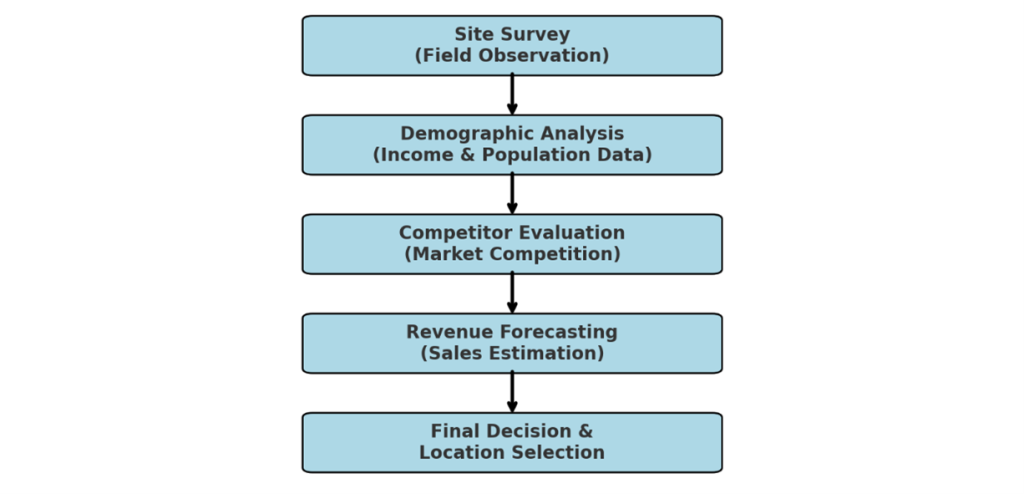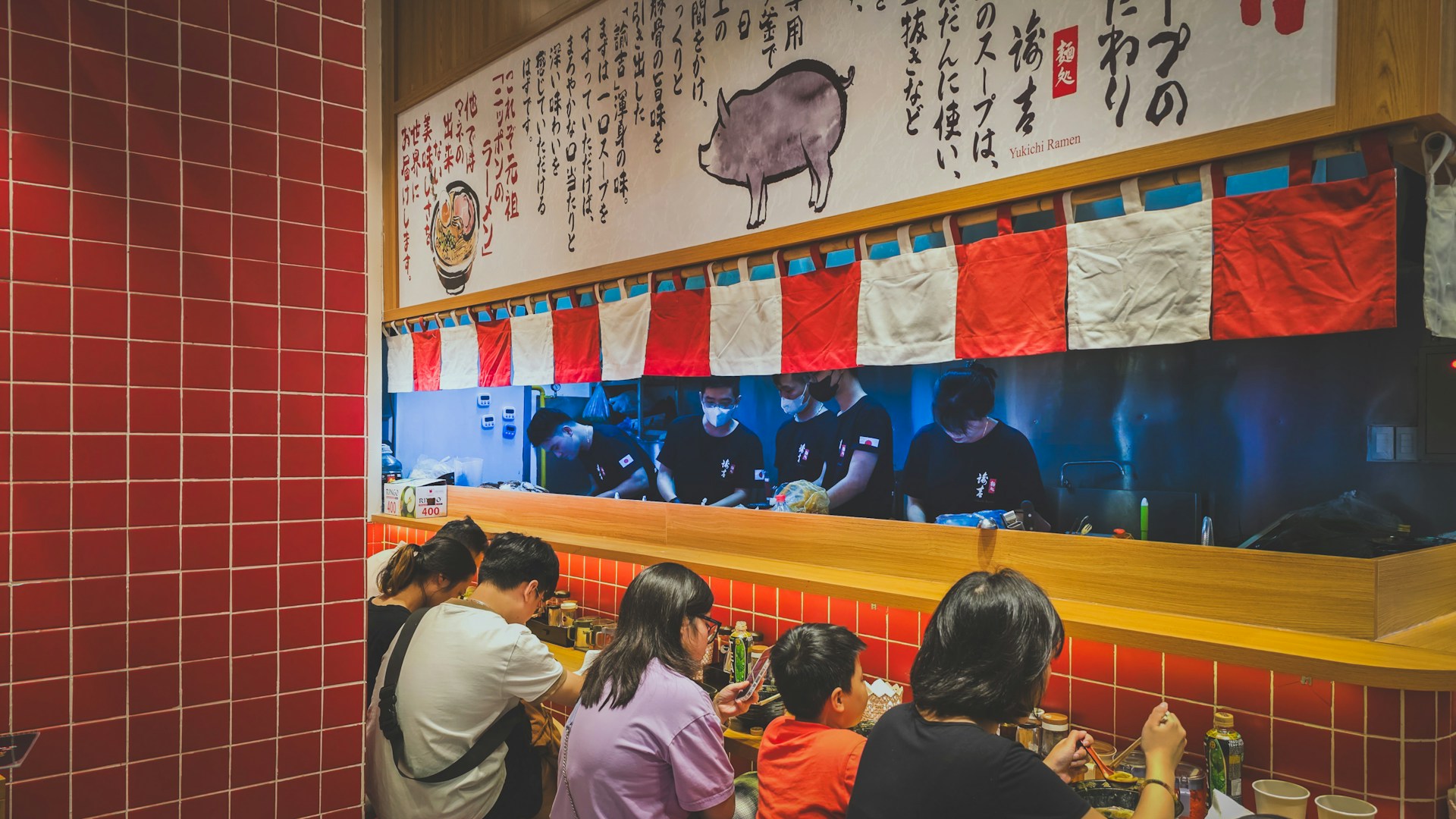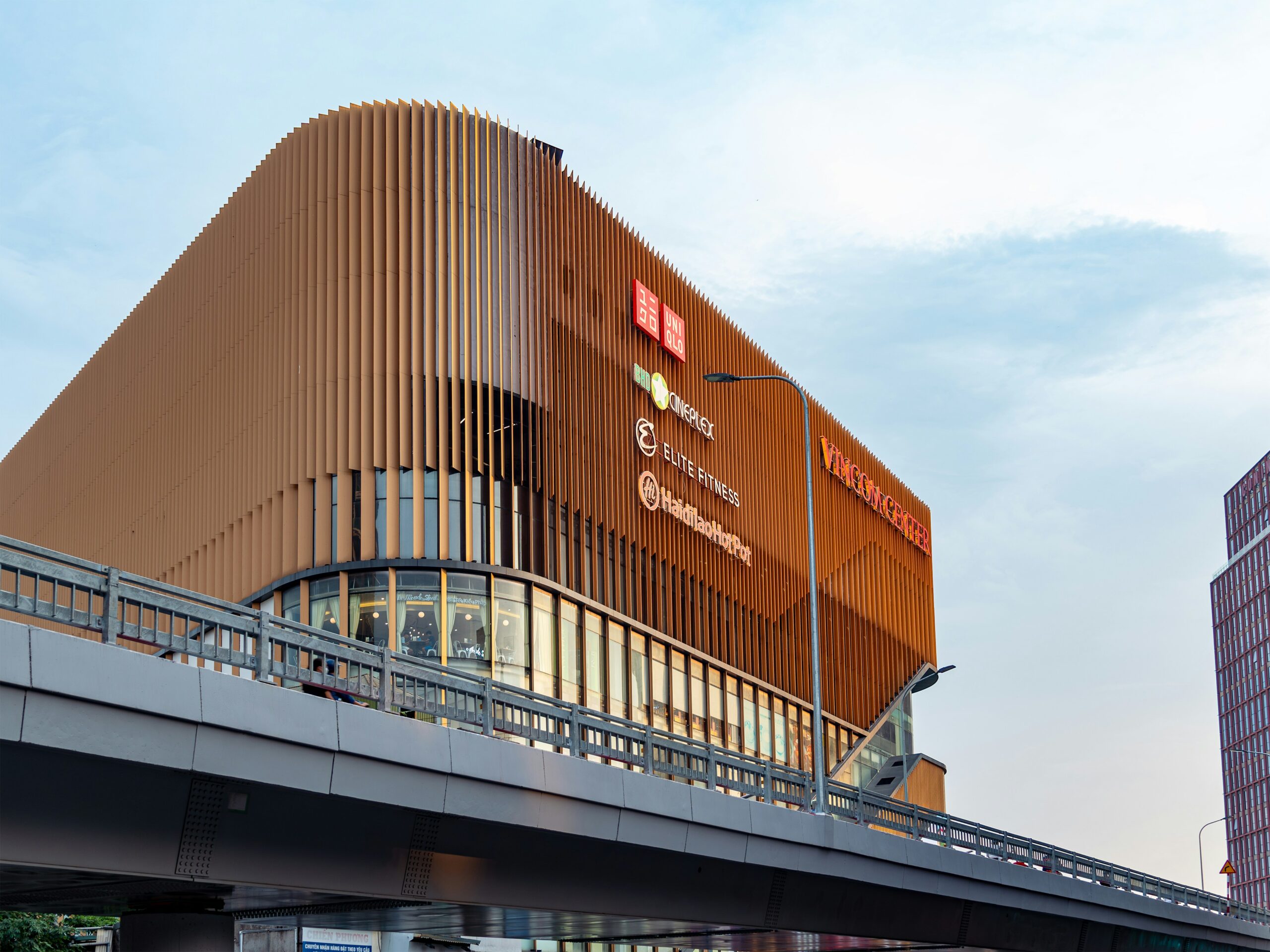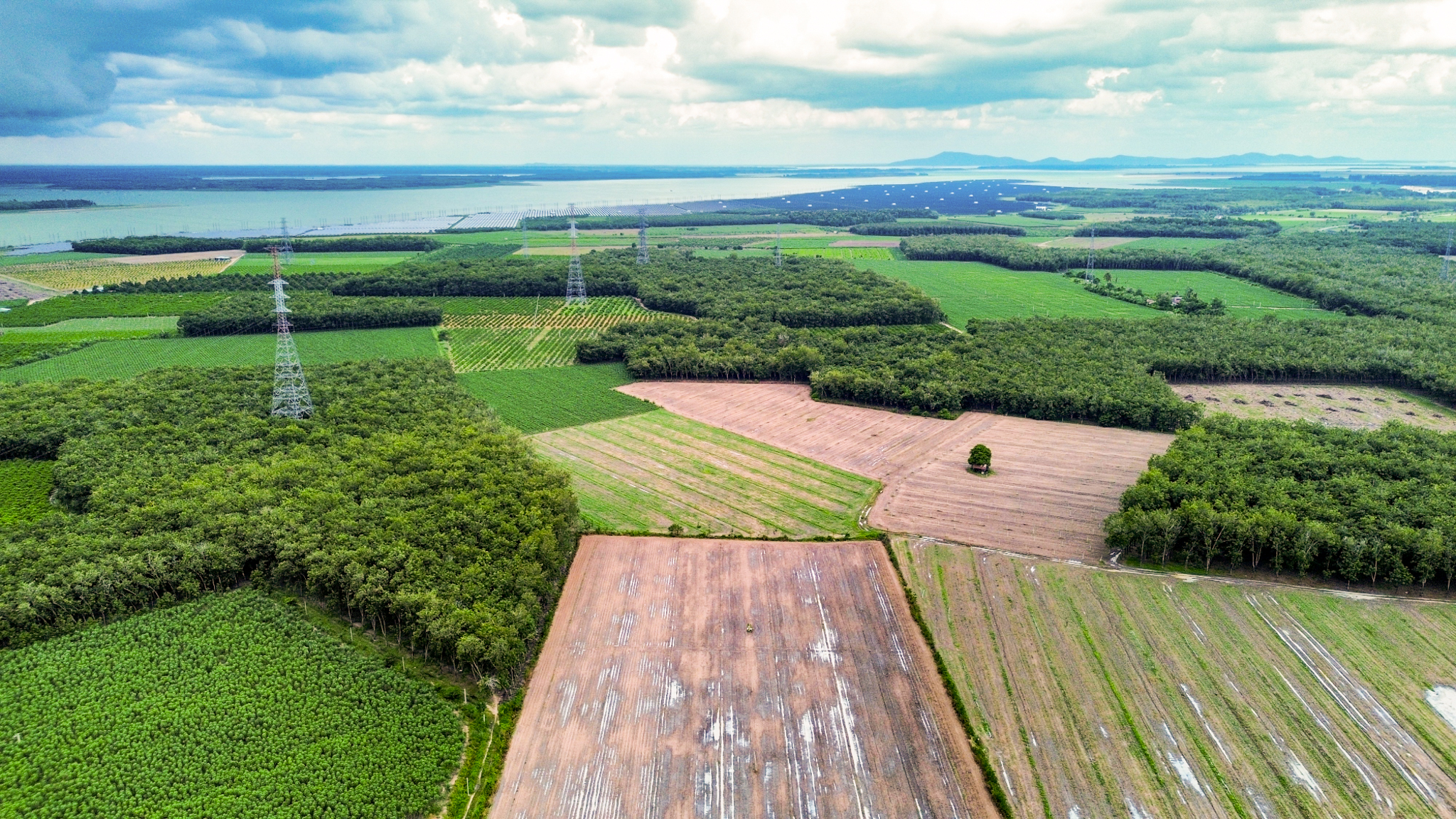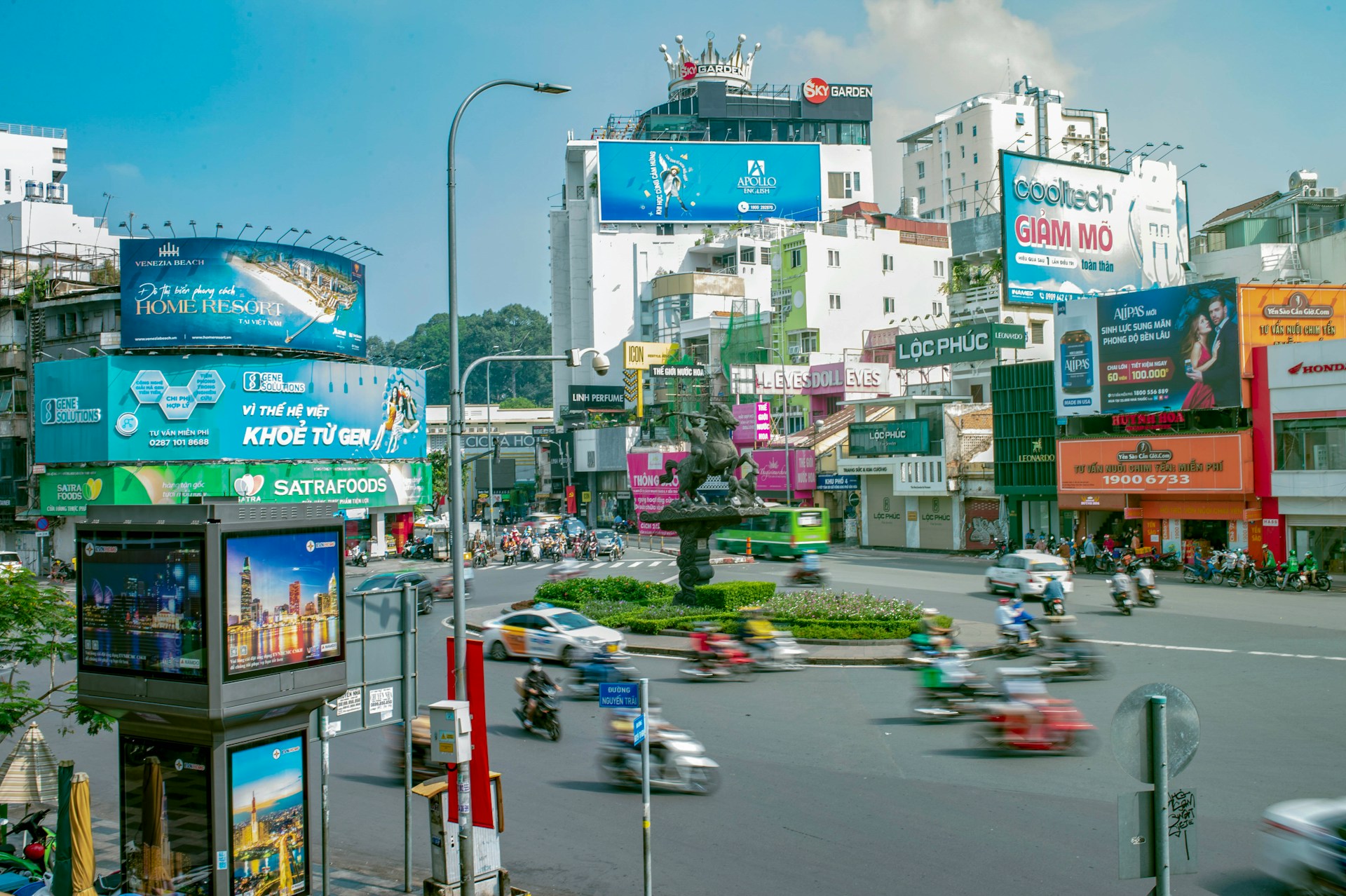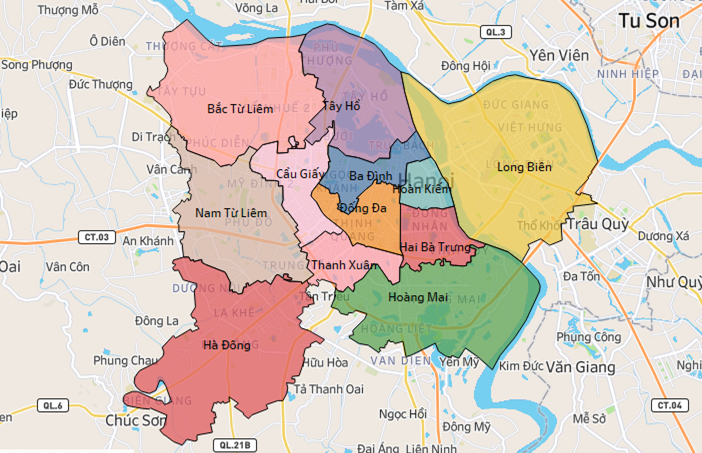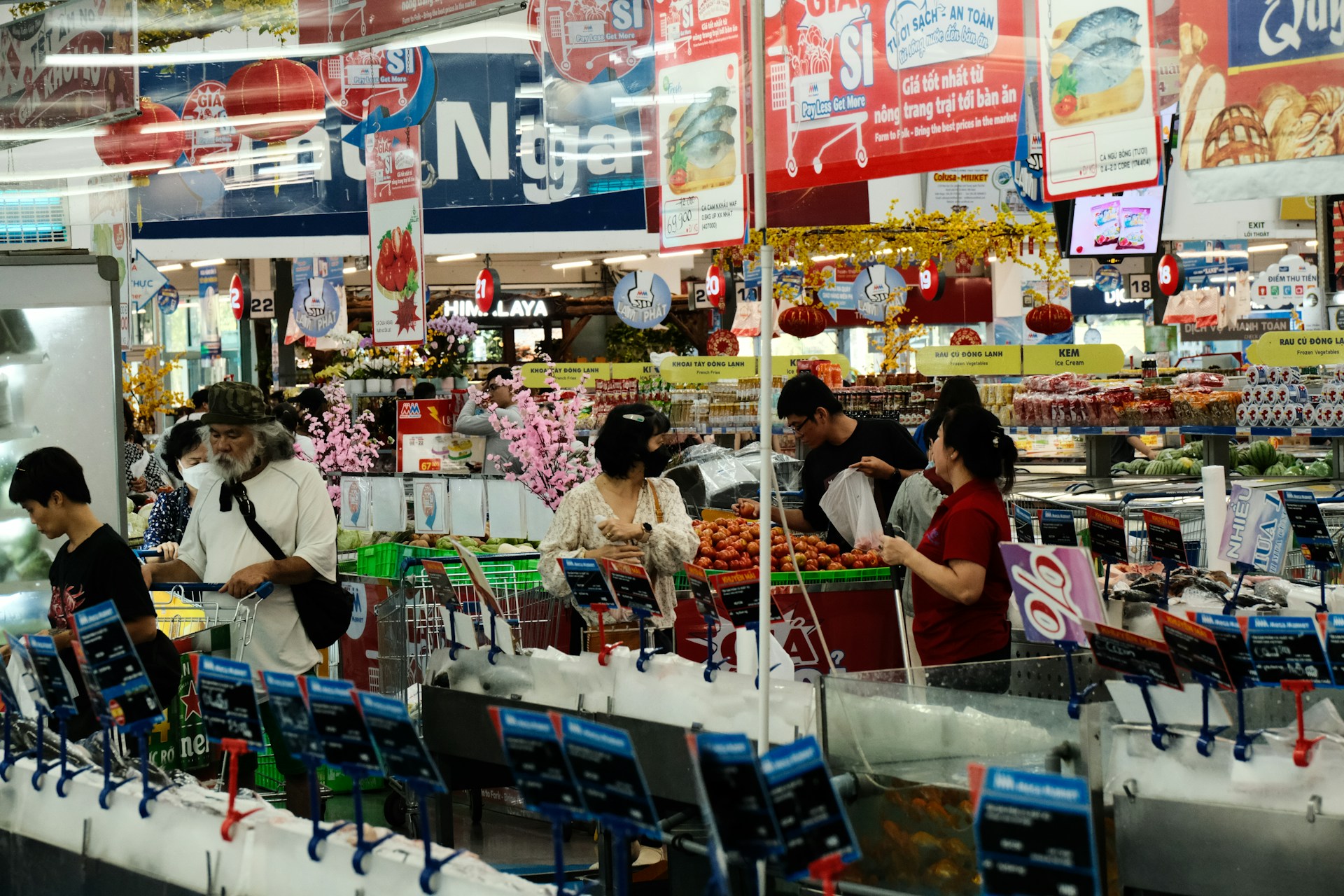
13Feb2025
Latest News & Report / Vietnam Briefing
Comments: No Comments.
Choosing a business location is one of the most strategic decisions for any company, especially in the retail sector. A suitable location not only boosts revenue but also ensures long-term business sustainability. However, the process of selecting a location is not simple and requires consideration of various factors, including population density, consumer habits, competition levels, transportation infrastructure, and other underlying elements that may impact business operations.
In addition to quantitative data analysis, several non-financial factors such as the convenience of the location, long-term development trends of the area, and the attractiveness of the site to the target customers also play a crucial role in the final decision. In reality, many stores, despite being in crowded areas, fail to achieve expected revenue due to misalignment with consumer habits or difficulties in reaching customers.
This article will analyze common challenges in selecting a business location and propose an approach to help businesses evaluate and make informed decisions effectively.
1. Challenges in Choosing a Business Location
1.1. The Impact of Surrounding Residents’ Characteristics
One of the most critical factors in assessing a business location is understanding the characteristics of local residents, particularly their shopping behavior and willingness to spend at modern retail channels. In some central areas, although population density is high with significant foot traffic, if most residents live in townhouses or old apartment complexes situated deep in narrow alleys, they may prefer traditional retail channels such as local markets or small neighborhood stores.
Figure 1: Wet market and supermarket image in Vietnam with different customer segments
Meanwhile, younger generations tend to shift towards shopping at supermarkets, convenience stores, or shopping malls, but this transition does not happen immediately and requires time. This can affect business performance in the initial stage of opening a store. Forecasting changes in shopping behavior is crucial for making appropriate investment decisions.
Market research in Vietnam has shown that areas with lower average incomes tend to maintain traditional shopping habits longer than higher-income areas. This is particularly true for regions with a predominantly working-class population, laborers, or elderly residents. Conversely, areas with younger demographics or rapid urbanization tend to adopt supermarket and convenience store models more quickly.
Figure 2: B&Company analysis on Income density in Hanoi by district level
1.2. Risks from Local Management and Operational Issues
Not all shopping centers or commercial areas operate efficiently. Some locations may have a poor reputation for management, low service quality, or operational instability, which can lead to declining customer traffic. Issues such as insufficient parking spaces, poor sanitation, or conflicts among businesses within the area can deter customers, reducing business effectiveness.
Figure 3: The Cost of Mismanagement: An image of Once-Thriving Mall Now Abandoned
For example, a newly built shopping center may attract interest from many retail brands, but if management and operations are inadequate, customer numbers will decline over time. This is particularly crucial for supermarkets and convenience stores, where customer retention heavily depends on the shopping experience. If the business environment is not conducive or lacks essential amenities like ample parking and good customer service, even a prime location may not guarantee high revenue.
1.3. The Impact of Competition and Customer Segmentation
Another key factor in selecting a business location is the level of competition in the area. If there are too many supermarkets, convenience stores, or grocery shops within the same vicinity, customers may be dispersed, reducing the chances of success for a new business.
Figure 4: An image of an area with many Supermarket and Convenience Stores
A store might expect to attract customers due to its central location, but if competitors have larger sales areas, better parking facilities, or more competitive pricing, the new store’s revenue could be negatively impacted. Additionally, some smaller stores might achieve unexpectedly high revenue because they effectively target the right customer segments, implement appropriate pricing strategies, or offer unique products.
Market assessment should not only consider the number of competitors but also analyze how each store operates. A small store with a well-executed marketing strategy or a convenient location may generate higher revenue than a larger store that lacks effective customer engagement.
Figure 5: An image of a Small Crowded Store vs. a Large Empty Retail Space
2. Approaches to Selecting a Suitable Business Location
Data analysis should not be limited to population indicators but should also be combined with field surveys to gain deeper insights into customer shopping habits. For instance, an area with high population density may still be unsuitable for a supermarket if most residents remain loyal to traditional markets.
Additionally, checking information about local management is essential. If a shopping center has a high vacancy rate or declining customer traffic over time, this may be a warning sign of poor operational efficiency.
Another critical strategy is revenue forecasting based on real-world data. Instead of relying solely on revenue from similar stores, businesses need to calculate based on foot traffic, average purchasing power, and customer loyalty levels.
Figure 6: A business Location Evaluation Process
3. B&Company’s Solutions for Business Location Analysis
B&Company Vietnam provides comprehensive data-driven solutions to help businesses choose the most suitable location. With the Vietnam Household Income Database, businesses can access detailed information on household income across provinces, districts, and wards, allowing them to assess real purchasing power. Additionally, B&Company’s Enterprise Database (E-DB) enables businesses to evaluate the level of competition by analyzing data on over 900,000 operating businesses in Vietnam.
Moreover, B&Company offers on-site surveys, resident interviews, and evaluations of factors affecting business performance. By integrating quantitative data analysis with field research, businesses can make well-informed decisions on business locations, minimize risks, and optimize investment strategies.
4. Conclusion
Choosing a business location is a complex process that requires a combination of data analysis and on-the-ground research. With support from B&Company’s analytical tools, businesses can make more accurate decisions, ensuring business efficiency and long-term sustainable growth.
* If you wish to quote any information from this article, please kindly cite the source along with the link to the original article to respect copyright.
| B&Company
The first Japanese company specializing in market research in Vietnam since 2008. We provide a wide range of services including industry reports, industry interviews, consumer surveys, business matching. Additionally, we have recently developed a database of over 900,000 companies in Vietnam, which can be used to search for partners and analyze the market. Please do not hesitate to contact us if you have any queries. info@b-company.jp + (84) 28 3910 3913 |

